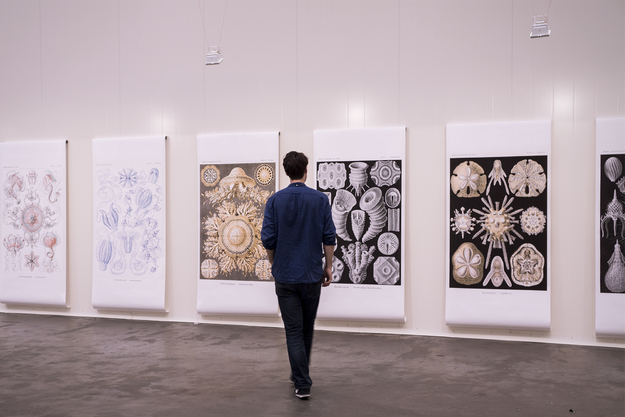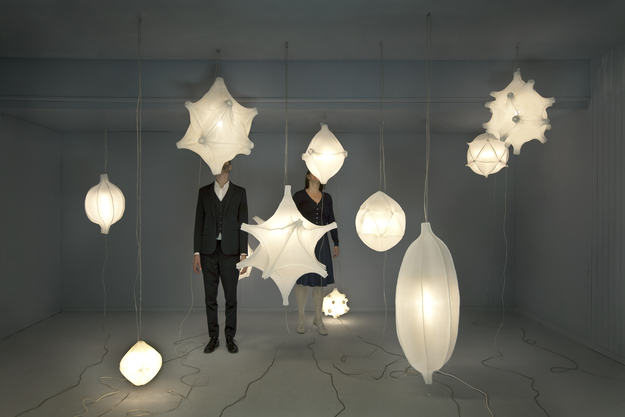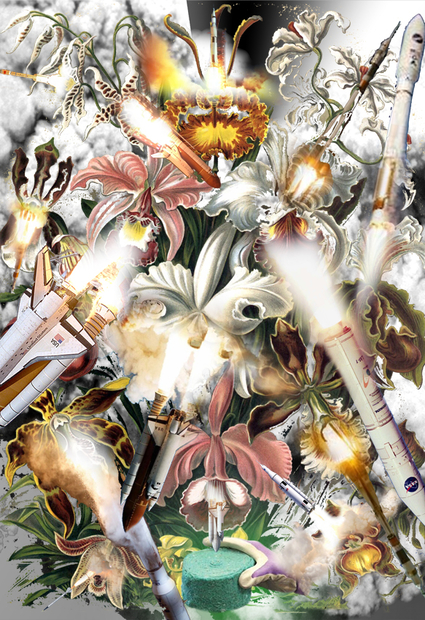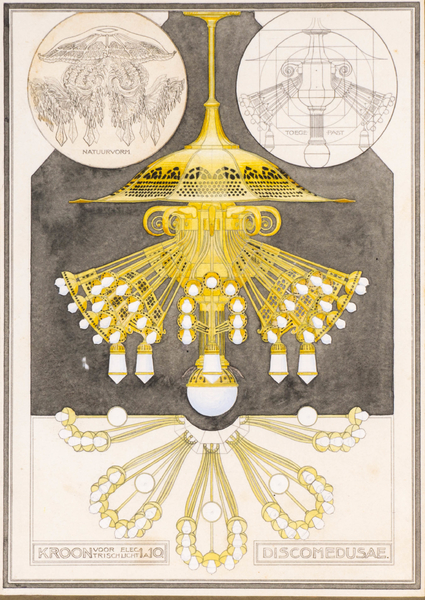Ever since Haeckel's prints came out, they have been a continuos inspiration for designers, artists, architects, illustrators and biologists. So what make these images so special that to this day, they have stayed as a source of inspiration for both the artistic and the scientific communities?

As soon as you enter the Kunstformen der Natur exhibition you get this feeling of fascination. 100 lithographs, 5 times their original size are hanging in a huge industrial space turned into a gallery. It could be due to the proportion of the prints, their technical accuracy or the aesthetics of the images, but somehow it provokes an emotion. You can understand our fascination for these prints by travelling back to the XIX century and figuring out what it must have meant for someone to suddenly be in possession of such images. Some of the species shown had been discovered by Haeckel and therefore never seen before, and the scientific accuracy combined with the artistic beauty of all of the prints was something unprecedented. Instead of showing plain informational images, Haeckel was showing something of artistic value. For the first time science was being used as an entertainment, becoming pop science art, and this was made by somebody who understood both the scientific and the artistic worlds. Now look at these 100 prints beautifully hanging in our space and image how it must have been to see those for the first time in a world with no TV or mass media, when the flow of cultural content was only every once in a while and limited to the few who could afford it.
Architect H.P.Berlage, for example, was one of the lucky ones who could benefit from this finding, and that's how he translated the patterns and proportions you find in nature into his work. However Haeckel's influence isn't forgotten in the past, nowadays designers like Bernotat & Co or art students from the Rietveld Academy are still fascinated by his prints and their creations show an influence by Haeckel. Check them out at the Kunstformen der Natur exhibition along with the prints.


